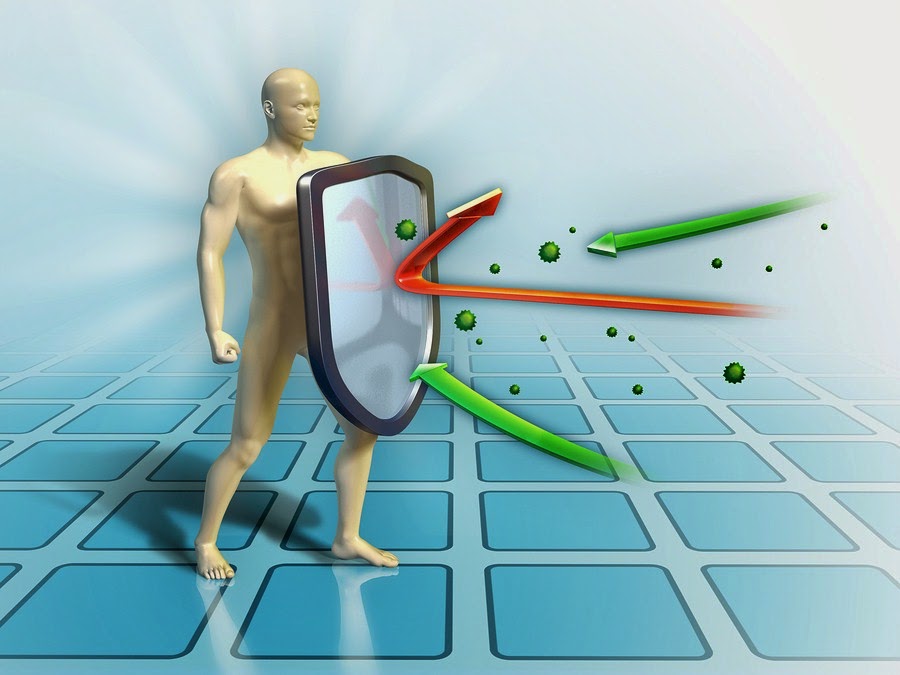Venereal warts are similar to other warts. They may be flat or raised, single or multiple. They are often painless and can be very small, so many times they will actually go unnoticed, which increases the risk of spreading the infection to others. On another point of view they may be large and you can easily notice the warts. In woman, venereal warts will often develop on the outer part of the vagina ("vulva"), inside the vagina, on the cervix, or on or near the anus.
Woman who have internal warts (vaginal, anal, or cervical) sometimes will notice a burning sensation or a change in their vaginal discharge. In men, venereal warts usually will erupt on the penis, but they may also show up around the anus or inside the urine tube ("urethra"). When it comes to infection of the urethra it may cause bleeding, discharge, and you will often feel as if you have to urinate more then usual.
Venereal warts are also called "genital warts," and medically speaking they are known as "condom" from the Greek for "knob,". In recent years these sexually transmitted bumps have become a common sexually transmitted disease, particularly among the young adults. About one million Americans develop venereal warts each year. Venereal warts are caused by the human papillomavirus (HPV).
While the may look similar to the warts that have developed on the hands, feet, or other parts of your body, HPV warts are more serious in woman, some strains have been associated with a high risk of cervical cancer. These warts are spread only through sexual contact and will usually start to appear two to three months after you are exposed to a person who is infected with them. These are very common and most people are not even aware that they have this.
The best way to deal with with venereal warts is to prevent them. Make sure that you know as much as you can about your partner before becoming intimate. If you do notice odd-looking bumps around their genitals, encourage them for your safety and theirs to get medical help. Sexual partners of those who have been diagnosed with HPV should be checked for signs of the virus. Talk to your doctor today if you have any of these concerns, it is really important that you do so.
Men may do this at home by wrapping the penis and scrotum in gauze or cloth soaked in white vinegar for about five minutes and then looking for any areas that turn white, in which case they should consult a doctor who has experience dealing with sexually transmitted diseases. One last thing men and woman should know, condoms usually prevent transmission of venereal warts. Use them.
Research warts further on the internet or go to your local library and check out some informative books so that you can make sure that you remain healthy. Your health should be very important to you and if you are worried about anything regarding your wellness, please make a doctors appointment today, just for the peace of mind.







